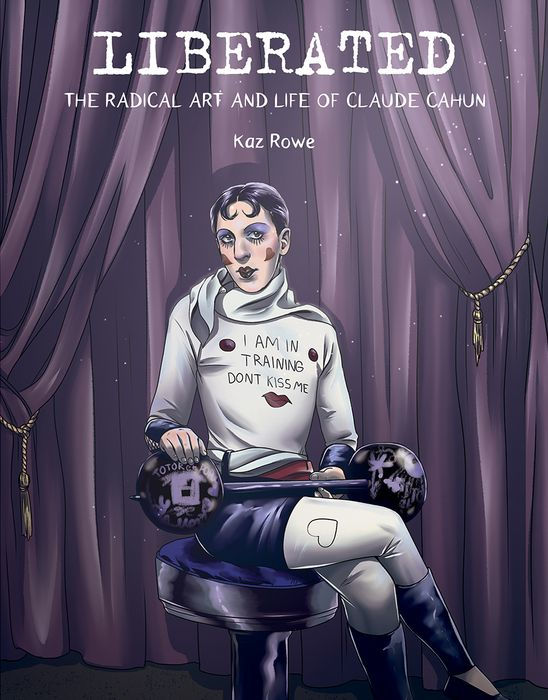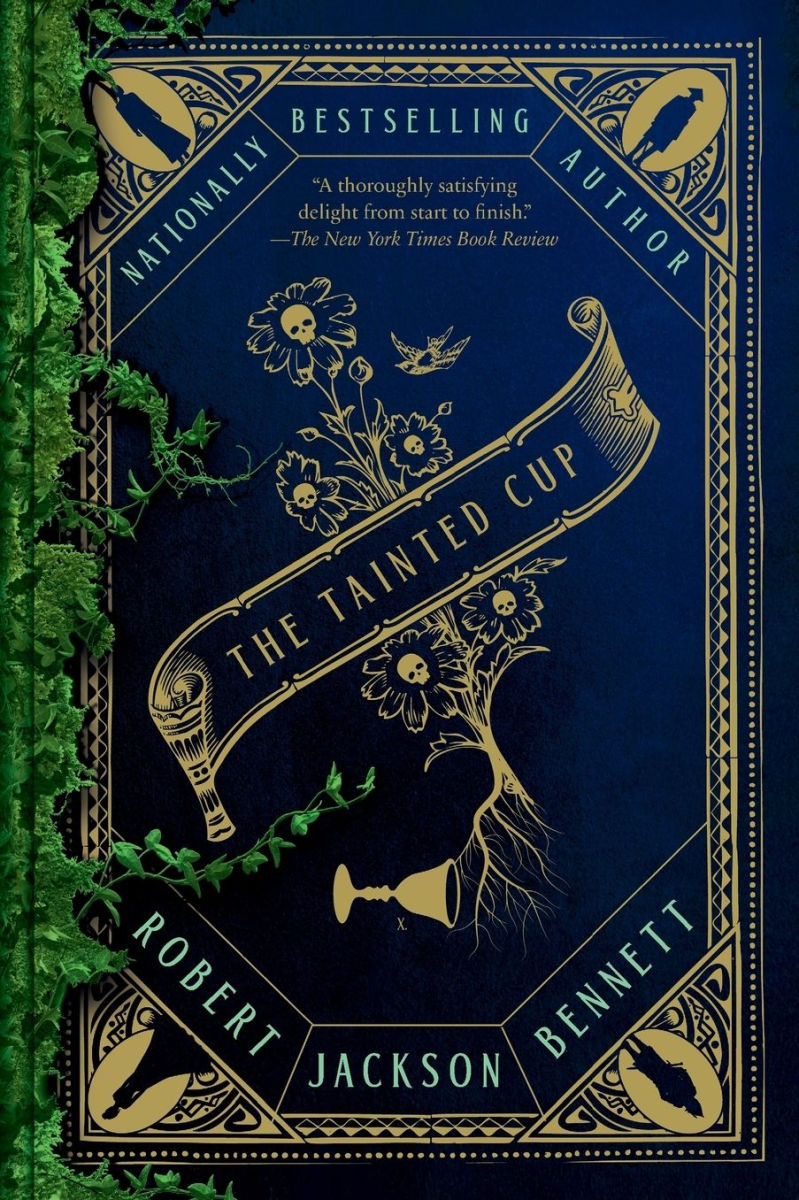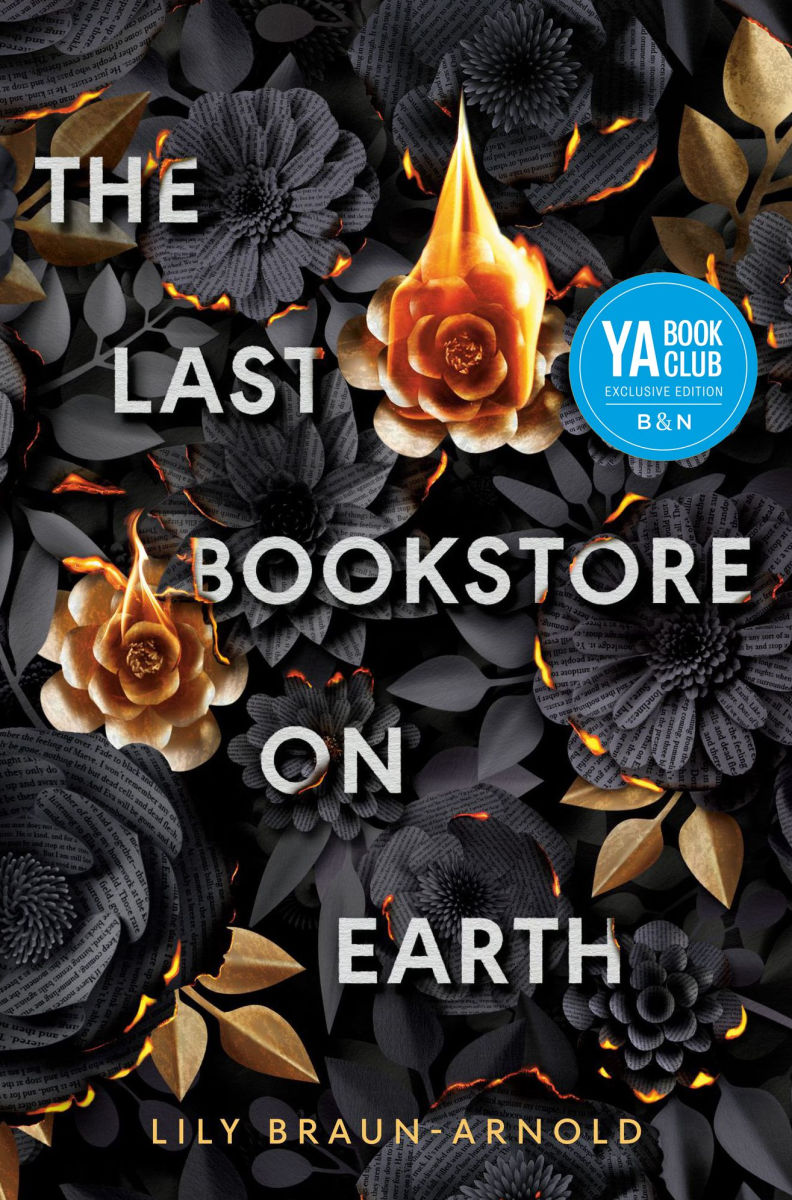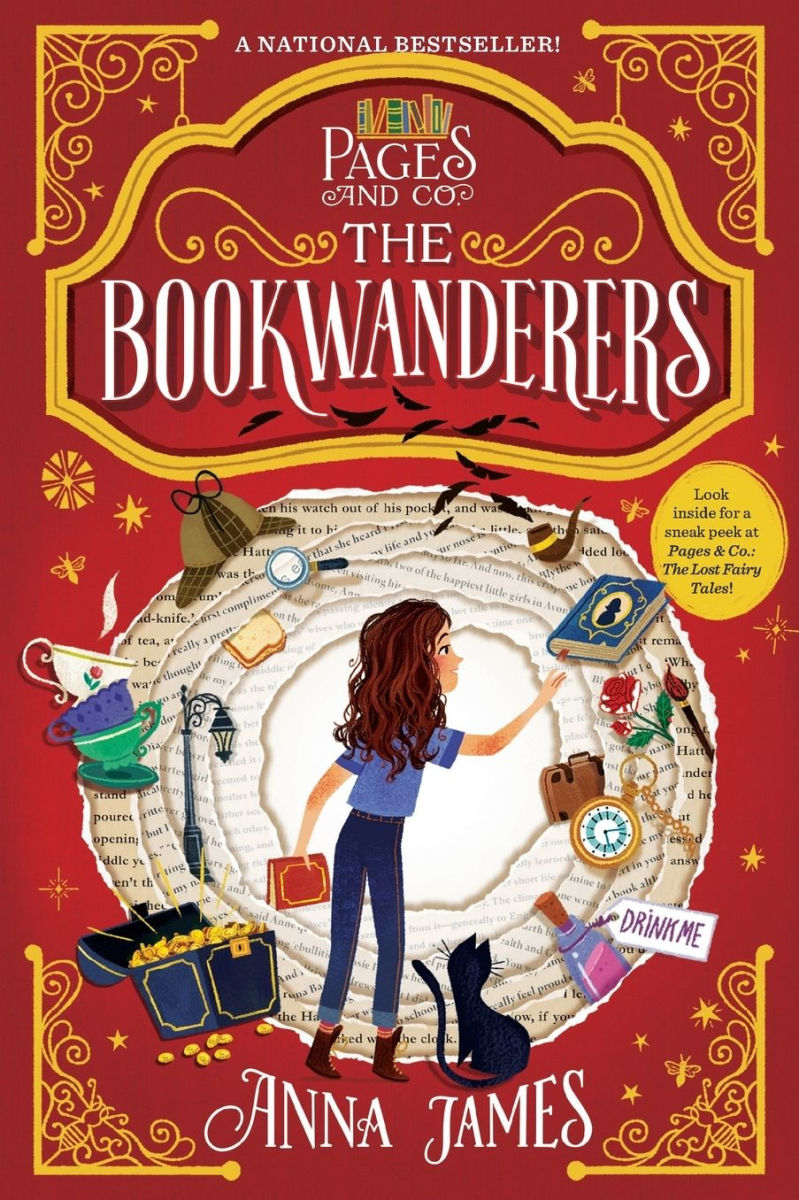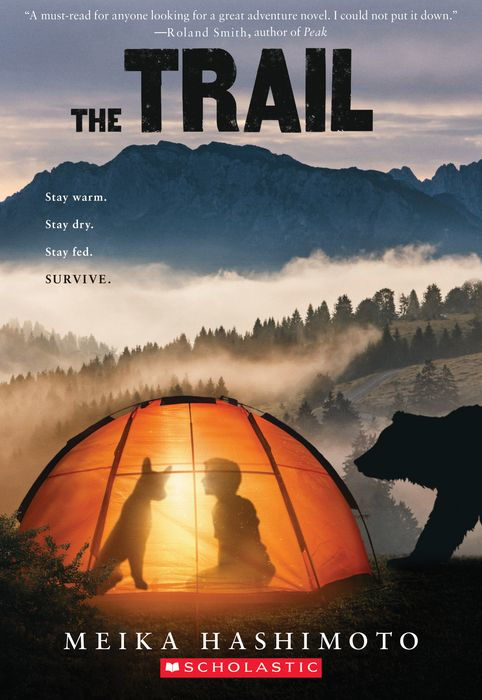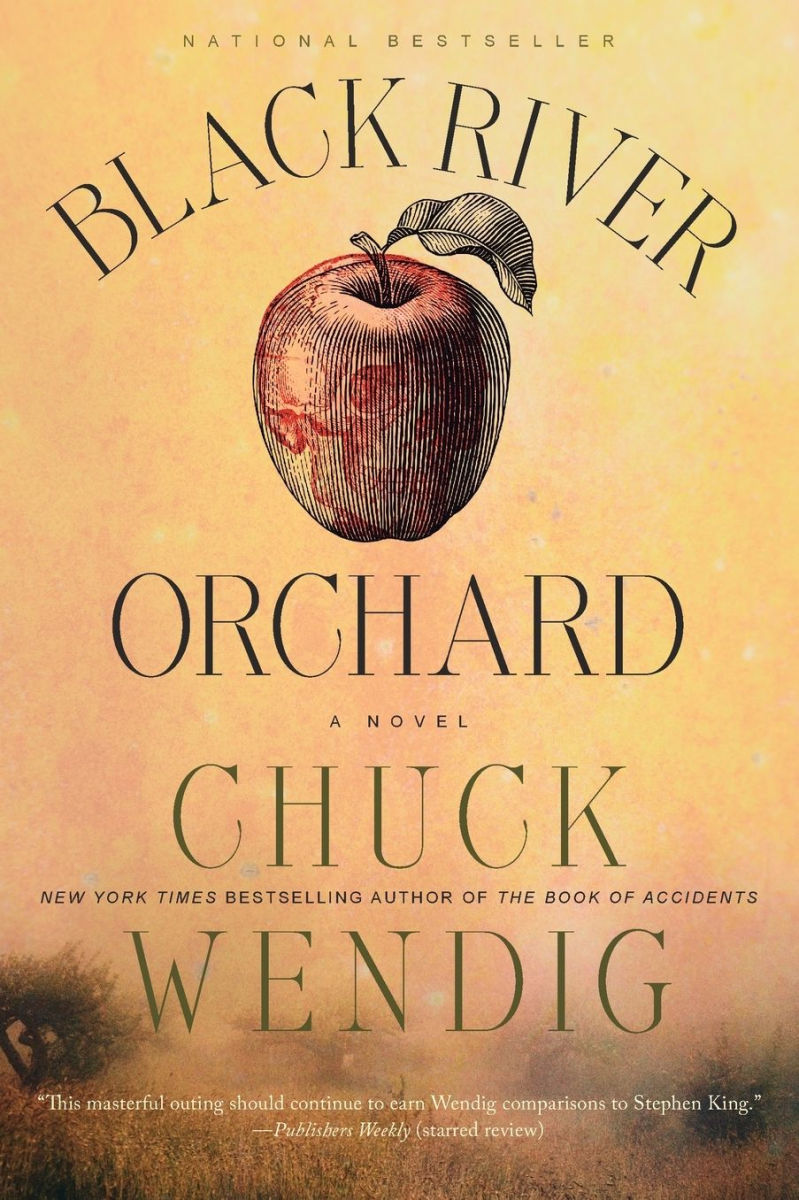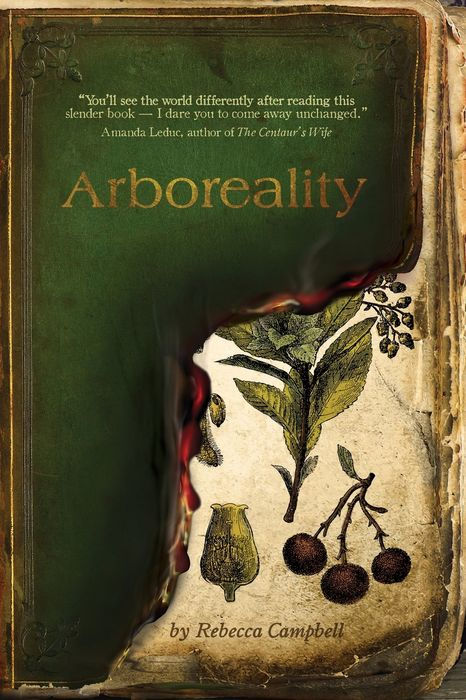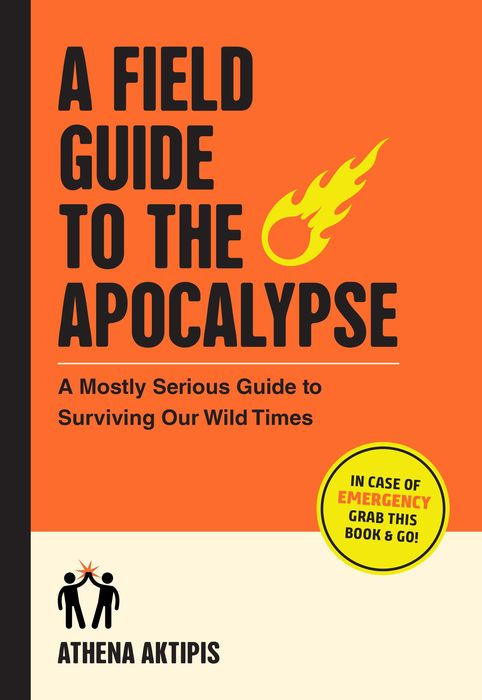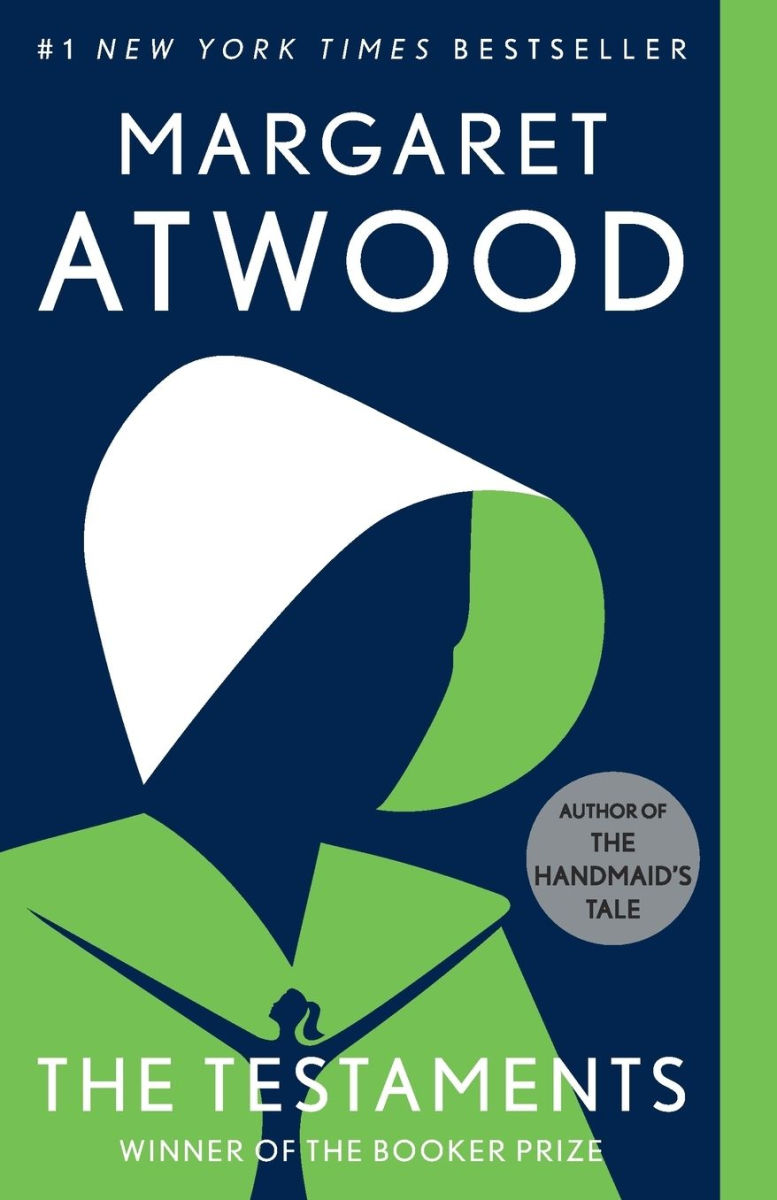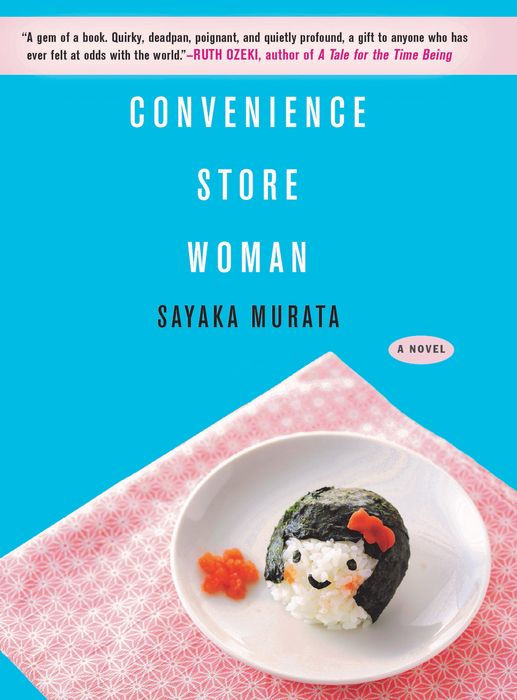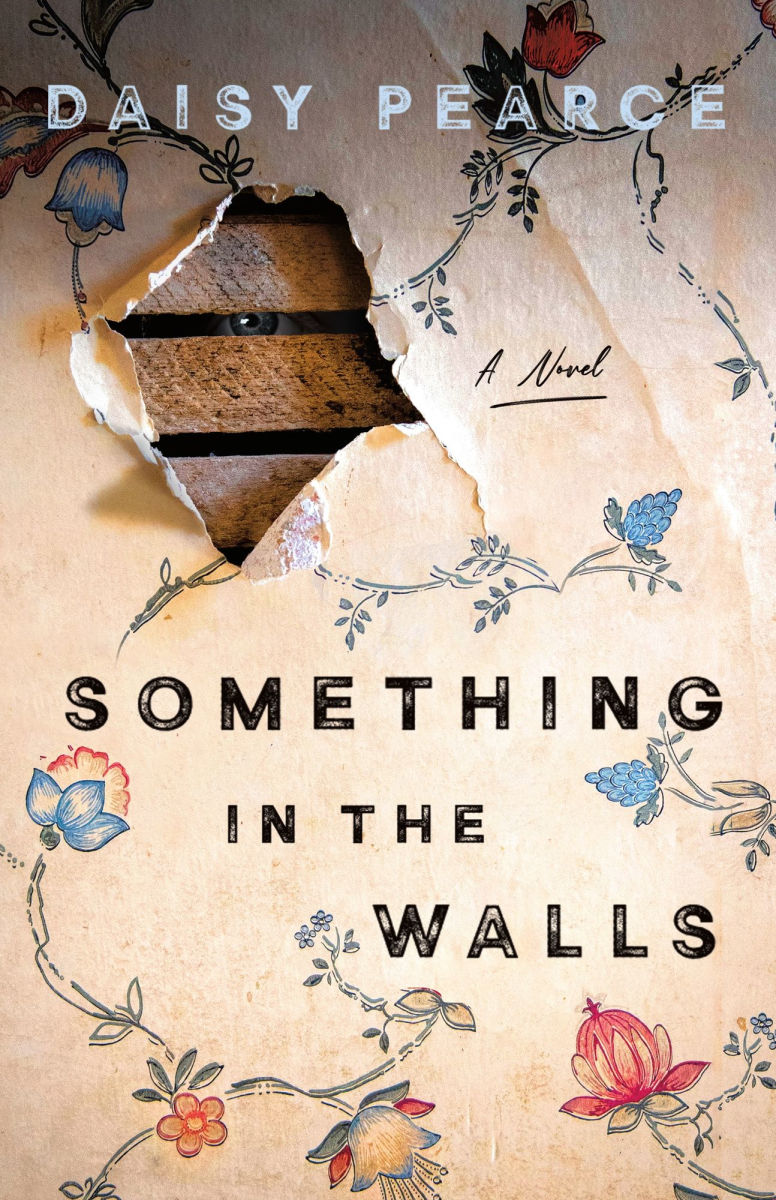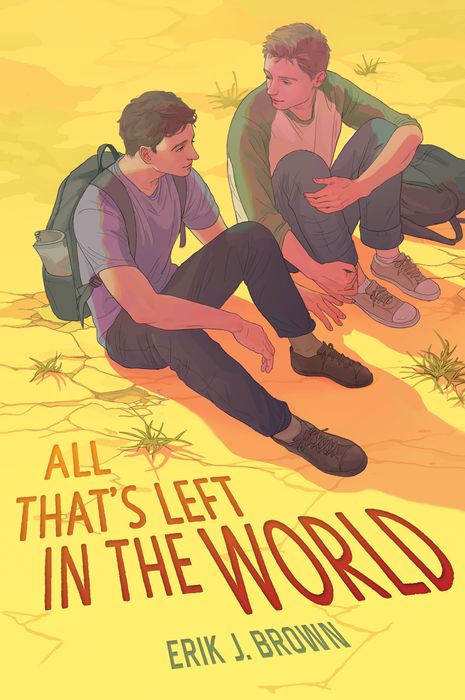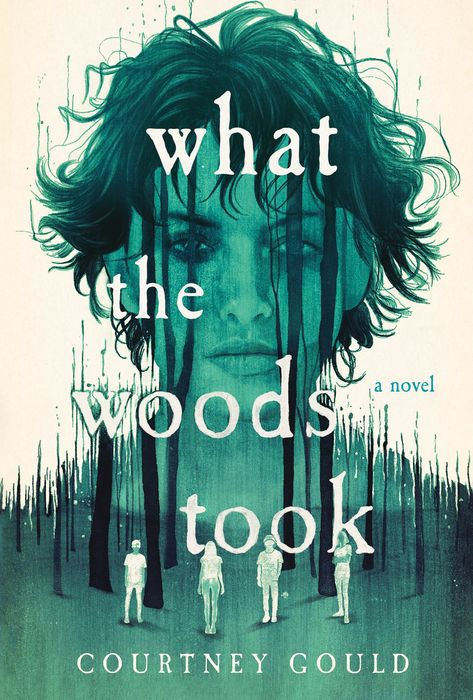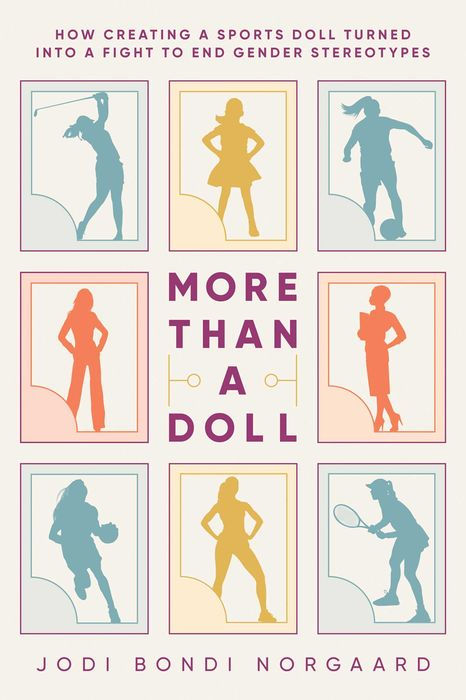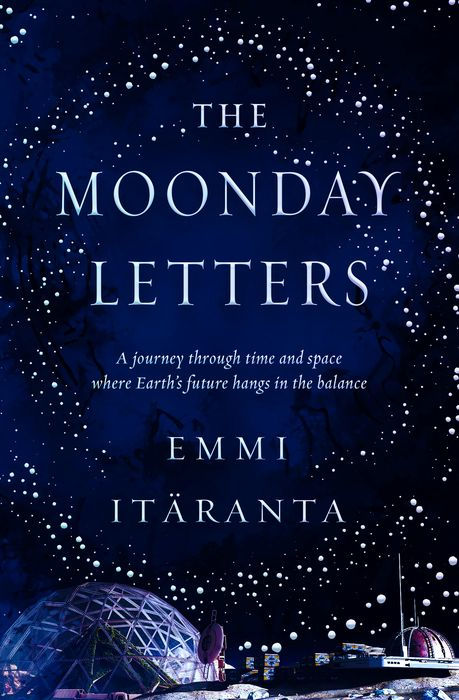
In this YA novel published in 1990, six fourteen-year-olds face their inner dragons while they're in an accelerated academic program which includes a class on Beowulf.
I read this when it first came out, so when I saw a copy at a library book sale, I grabbed it to re-read. It largely holds up, though I'd completely forgotten the main plot and only recalled the theme and the subplot.
My recollection of the book was that the six teenagers are inspired by class discussions on Beowulf to face their personal fears. This is correct. I also recalled that one of the girls was a gymnast with an eating disorder and one of the boys was an athlete partially paralyzed in an accident, and those two bonded over their love of sports and current conflicted/damaging relationship to sports and their bodies, and ended up dating. This is also correct.
What I'd completely forgotten was the main plot, which was about the narrator, Eric, who idolized his best friend, Paul, and had an idealized crush on one of the girls in the class, who he was correctly convinced had a crush on Paul, and incorrectly convinced Paul was mutually attracted to. Paul, who is charming and outgoing, convinces Eric, who is shy, to do a speech class with him, where Eric surprisingly excels. The main plot is about the Eric/Paul relationship, how Eric's jealousy nearly wrecks it, and how the boys both end up facing their dragons and fixing their friendship.
Paul's dragon is that he's secretly gay. The speech teacher takes a dislike to him, promotes Eric to the debate team when Paul deserves it more (and tells Eric this in private), and finally tries to destroy Paul in front of the whole class by accusing him of being gay! Eric defends Paul, Paul confesses his secret to him, and the boys repair their friendship.
While a bit dated/historical, especially in terms of both boys knowing literally nothing about what being gay actually means in terms of living your life, it's a very nicely done novel with lots of good character sketches. The teachers are all real characters, as are the six kids - all of whom have their own journeys. The crush object, for instance, is a pretty rich girl who's been crammed into a narrow box of traditional femininity, and her journey is to destroy the idealized image that Eric is in love with and her parents have imposed on her - and part of Eric's journey is to accept the role of being her supportive friend who helps her do it.
I was surprised and pleased to discover that this and other Sweeney books are currently available as ebooks. I will check some out.
